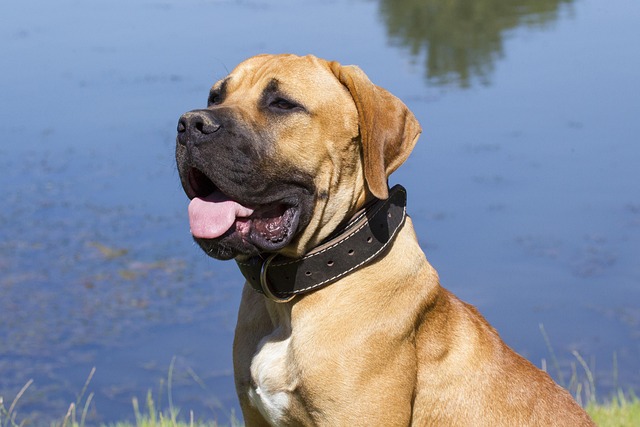
How do I start my dog on agility training?
The idea of watching your dog leap, weave, and race through an agility course is exhilarating. But before you dive in, it’s essential to understand the journey ahead,
When we happily bring a dog home, expecting unconditional love and companionship, the dog's biting behavior is like a sudden storm, breaking the original beauty. Looking at the shocking scars, and then looking at the dog's ignorant and possibly fearful eyes, our hearts are full of helplessness and anxiety. But in fact, dogs bite people not out of malice, but a "special language" for them to communicate with the world. As their guides in the human world, it is our unshirkable responsibility to interpret this "language" and guide dogs to change their biting habits.
When puppies change their teeth, their gums seem to be bitten by millions of ants, which are extremely itchy. Most of the biting behavior is to seek ways to relieve discomfort. At this time, if we yell at them, it will only make them confused and panic. You may wish to prepare teething toys of various textures, such as rubber toys with bumps, which can deeply massage the gums; teething sticks with meaty aroma can attract the dog's attention. When the dog is focused on these toys, we can gently stroke them and praise them softly, so that the dog understands that these toys are the right choice to relieve discomfort. Watching the dog chewing the toys seriously and gradually passing the teething period, our patience has paid off.
Dogs are wary of unfamiliar things, and fear and defensive psychology often drive them to bite people. For example, the sudden sound of an electric drill may make the dog instantly explode and bite people to protect itself. At this time, we should be like a solid shield, quickly hold the dog in our arms, soothe it with a gentle voice, and convey the signal of "I am here, don't be afraid". In daily life, you can play audio with different sounds, such as vacuum cleaner sounds and firecrackers, so that the dog can gradually adapt. After each training, reward with delicious snacks and warm caressing to help the dog overcome fear.
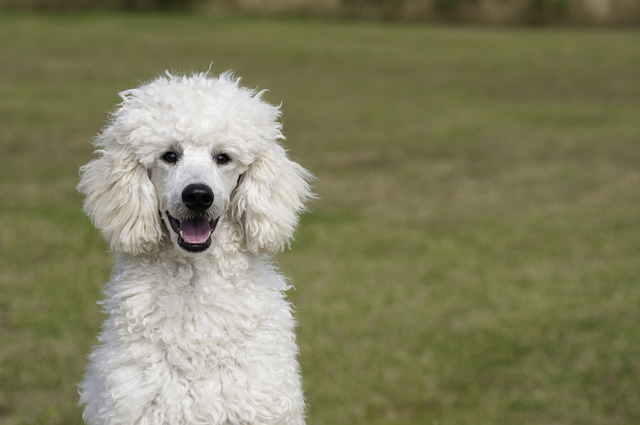 Food protection behavior is deeply rooted in the dog's genes. In the wild, food is scarce, and food protection is a necessary means of survival. But in a family environment, this behavior may cause danger. When we try to approach dogs eating, they may make a low roar or even attack. To change this behavior, you need to start from a young age. When the dog is eating, call its name from a distance. If the dog reacts calmly, throw it a delicious snack. Then, gradually shorten the distance and repeat this process. Over time, the dog will understand that the owner's approach is not to snatch food, but to bring more delicious food.
Food protection behavior is deeply rooted in the dog's genes. In the wild, food is scarce, and food protection is a necessary means of survival. But in a family environment, this behavior may cause danger. When we try to approach dogs eating, they may make a low roar or even attack. To change this behavior, you need to start from a young age. When the dog is eating, call its name from a distance. If the dog reacts calmly, throw it a delicious snack. Then, gradually shorten the distance and repeat this process. Over time, the dog will understand that the owner's approach is not to snatch food, but to bring more delicious food.
When dogs play with their own kind, biting is a social way, but they have not yet mastered the social rules of humans and are prone to accidentally hurting us. When a dog bites us, we should immediately and seriously issue a "no" command, then stop interacting and turn away. After a few minutes, if the dog is quiet, interact with it again and give it a reward. In this way, the dog can gradually understand that biting will end the interaction, and only friendly interactions can get attention.
Dogs may also bite people because of social frustration. For example, when dogs are enthusiastic about playing with other dogs but are rejected, they may vent their frustration and anger on humans. At this time, we need to help dogs learn correct social skills. Take your dog to a park where dogs gather and observe the social behavior of other dogs. When dogs show correct social behaviors, such as sniffing each other and wagging their tails, praise and reward them in time.
Share a real case. Mr. Li has a border collie, which is smart and lively, but will bite people when it arrives in an unfamiliar environment. Mr. Li took the dog to a pet trainer for help. The trainer found that the dog bit people because of excessive tension. So the trainer developed a desensitization training plan, starting with letting the dog observe the unfamiliar environment from a distance and gradually approaching. Every time the dog showed calmness, it was rewarded. After a period of training, the dog no longer bit people in an unfamiliar environment and became confident and cheerful.
Teaching a dog to stop biting is a challenging and protracted battle that requires us to invest a lot of time, patience and love. Every dog has a unique personality and experience, and the reasons for biting are also different. As an owner, we must observe carefully, understand with love, and find the most suitable training method for the dog. When the dog licks our palms with a soft tongue and looks at us with clear eyes, the deep trust and intimacy are the best feedback for all our efforts.

The idea of watching your dog leap, weave, and race through an agility course is exhilarating. But before you dive in, it’s essential to understand the journey ahead,

Deciding to bring a Yorkie into your home means embracing a tiny bundle of energy and charm, but it also raises an important question: how straightforward is potty training?
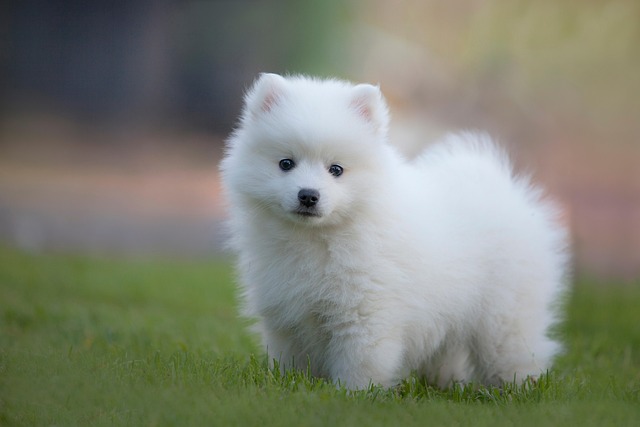
Bringing home a new puppy is an exciting adventure, but it also comes with the big question: What is the first thing you should train your puppy?

Imagine you’re at Seattle’s Green Lake Park with Luna, your energetic Shepherd mix. She spots a duck and lunges, choking herself on the collar.
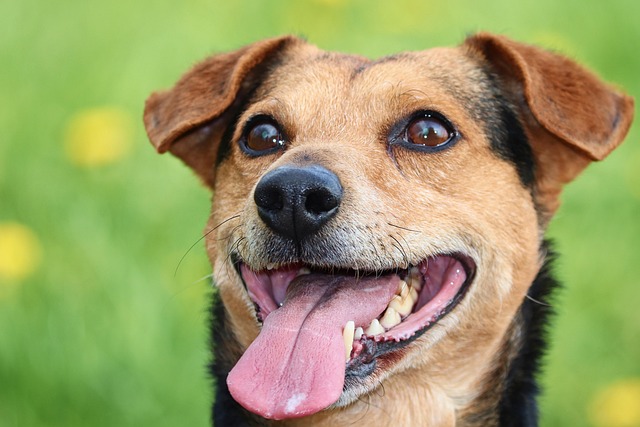
Teaching a 2-year-old dog to fetch might seem challenging, but it’s a rewarding way to bond and keep your furry friend active. Fetch isn’t just a fun game—it provides mental stimulation and physical exercise, essential for a healthy dog.
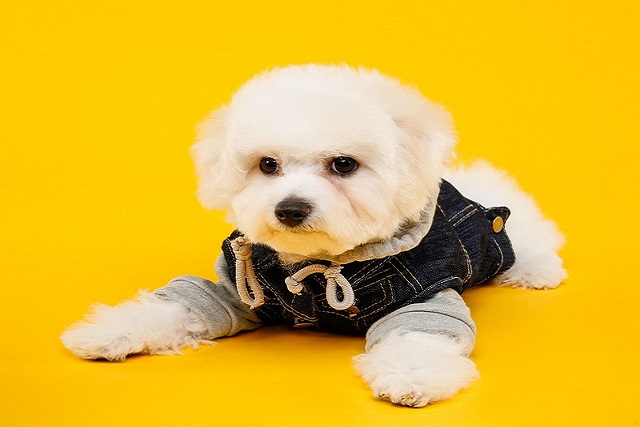
You’ve read all the articles, stocked up on premium treats, and patiently clicked and rewarded your new rescue pup, Charlie.